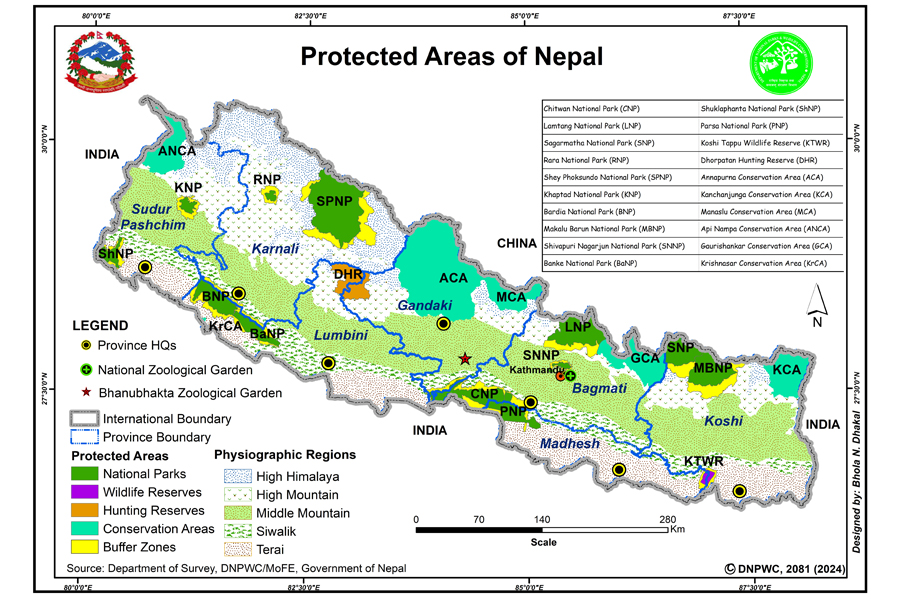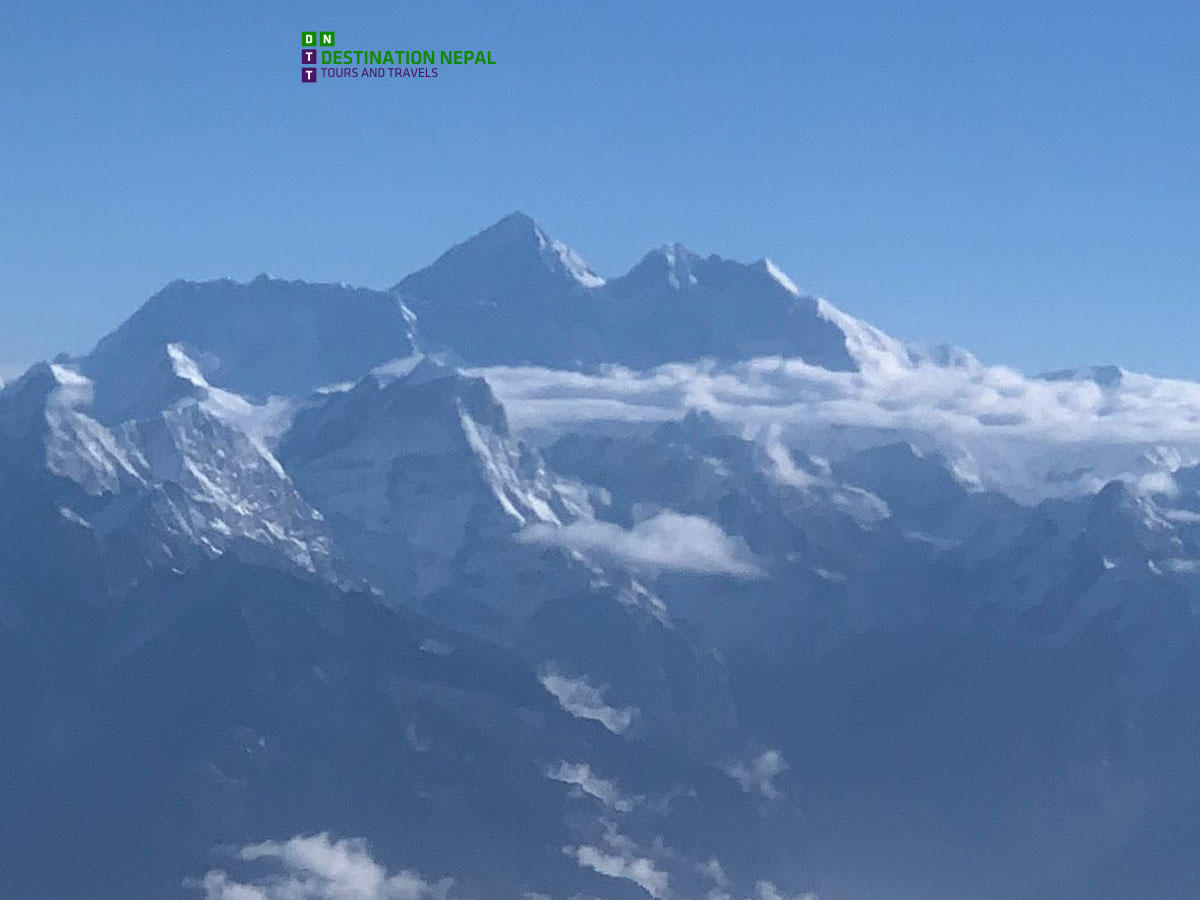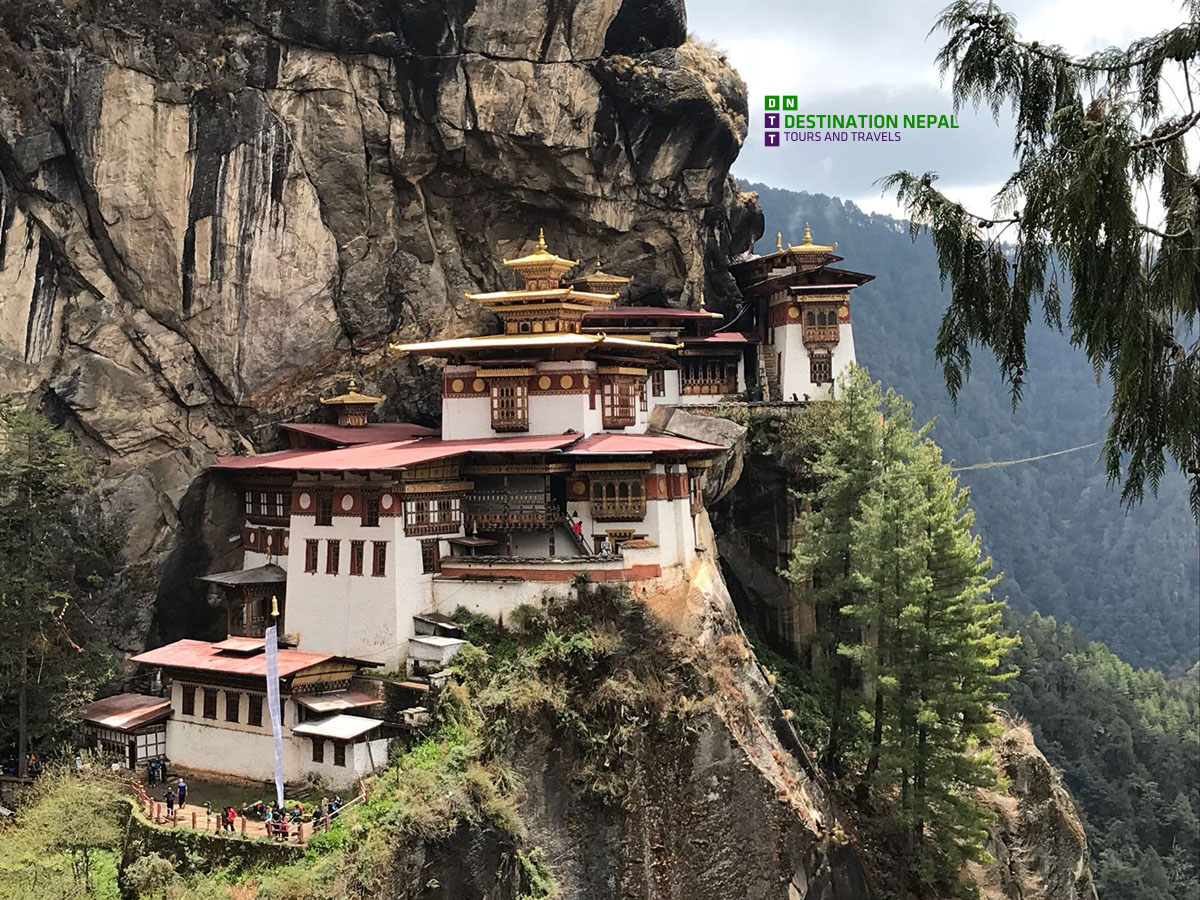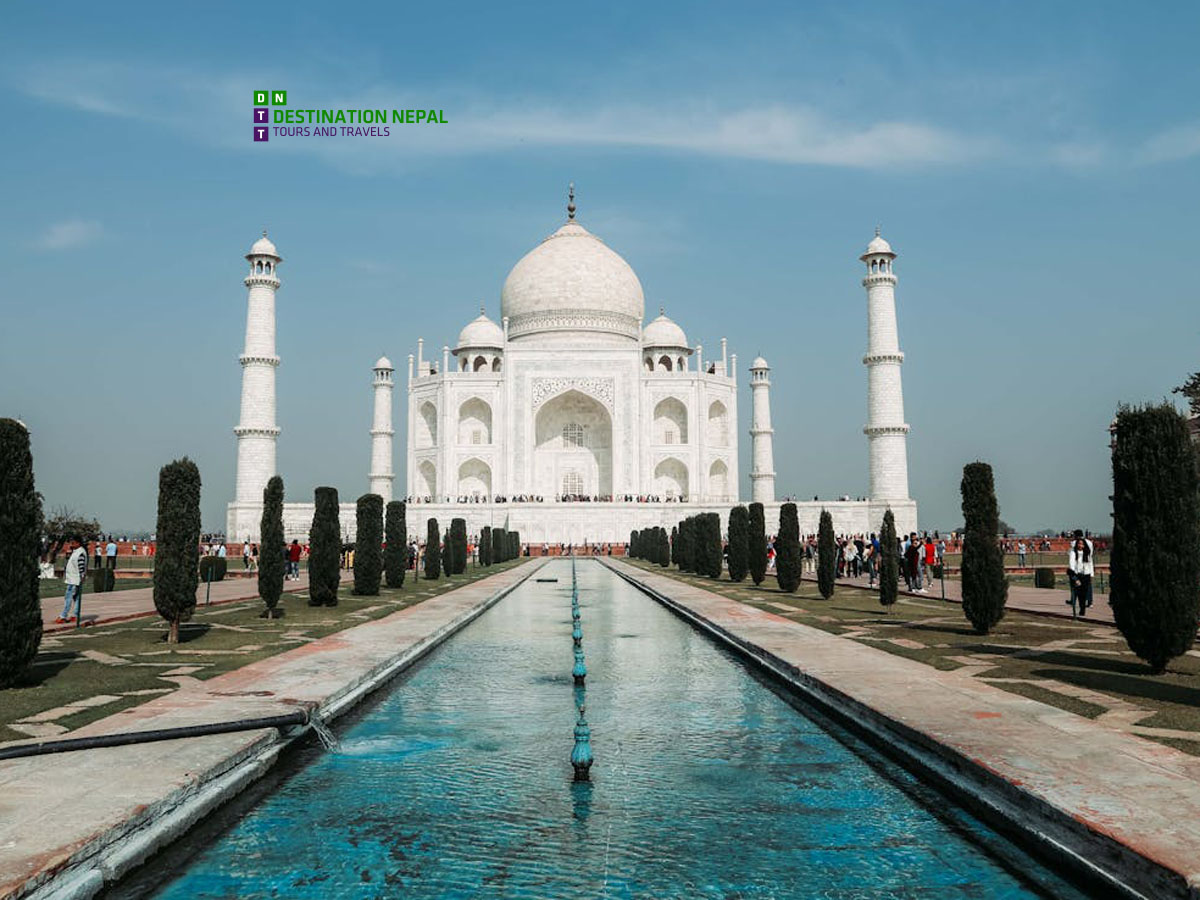National Parks in Nepal

National Parks in Nepal
Nepal is a country of extreme contrasts in climate and geography, with a unique sub lowlands ranging from arctic conditions in the tropical forests is the topography Himalayan Highlands. Within a mere 150 kilometres south to the north of land near sea level rises over 8000 meters. This, along slopes facing south to the north of land near sea level rises over 8000 meters. This, along slopes facing south with the monsoon rains, was in almost all climatic zones compacting found on planet Earth. Consequently, a great diversity of life in Nepal has been concluded with regions plants, birds and animals provide a home for a large variety.
1. Makalu-Barun National Park(1500sq km)
Makalu Barun National Park, located in northeast Nepal, is renowned for its rich biodiversity, ranging from subtropical forests to alpine meadows. The park is home to rare wildlife like the red panda, snow leopard, and Himalayan black bear, alongside 400 bird species and 84 varieties of fish. Popular activities include trekking and mountaineering, with camping accommodation available. Access is via a flight to Tumlingtar from Kathmandu, followed by a six-day trek.
2. Shivapuri Nagarjun National Park(159 sq km)
Shivapuri Nagarjun National Park, located 12 km north of Kathmandu, is a popular destination for hiking, bird watching, and rock climbing. The park offers diverse wildlife, including Himalayan black bears, leopards, and over 177 bird species. It's a key water source for the Kathmandu Valley and features stunning views of both the High Himalayas and the Kathmandu Valley. Access is easy, with trekking routes to Nagarkot, Gosaikunda, Helambu, and Langtang passing through the park. Best visited from September to June.
3. Khaptad National Park(225 sq km)
Khaptad National Park in western Nepal is a serene destination known for its rolling hills, diverse wildlife, and religious significance. The park is home to 270 bird species, including the impheyan pheasant, and various animals like barking deer, wild boar, and Himalayan black bear. It also features sacred sites like Tribeni, Sahashra Linga, and Khaptad Lake. Popular for trekking and camping, Khaptad is best visited in the spring and autumn months (March-May, October-November). Access is via a flight to Dipayal and a three-day trek.
4. She-Phoksundo National Park(3555 sq km)
Shey-Phoksundo National Park, located in northwest Nepal, is the country's largest national park, known for its diverse wildlife and stunning landscapes. The park features alpine meadows, forests of pine and juniper, and the beautiful Phoksundo Lake. Home to rare species like the snow leopard and musk deer, the park offers trekking and mountaineering opportunities. Accessible via a flight to Dolpa's Jufal airport and a three-day trek, the best time to visit is from March to May and June to October for clear weather.
5. Rara National Park(106 sq km)
Rara National Park, located in northwestern Nepal, is home to the largest lake in the country, Rara Lake, and a rich variety of flora and fauna. The park supports endangered species like the red panda and musk deer, while the lake is known for its snow trout and migratory birds. Trekking to Rara Lake is a popular activity, with access via a flight from Kathmandu to Nepalgunj, followed by a flight to Talcha Airport, and a short trek to the lake. The best time to visit is from February to April and October to November.
6. Langtang National Park(1710 sq km)
Langtang National Park, located along the Nepal-China (Tibet) border, offers stunning Himalayan views, scenic lakes, and rich biodiversity, including red pandas and snow leopards. The park is renowned for the holy Gosainkunda Lake, a major pilgrimage site. Trekking, mountaineering, and cultural experiences of the Tamang community are popular activities. The park is accessible from Dhunche, 117 km from Kathmandu, with the best time to visit being from October to November and March to May.
7. Bardiya National Park(968 sq km)
Bardiya National Park, located in western Nepal, is the largest and most pristine protected area in the Terai, home to the endangered Royal Bengal Tiger and one-horned rhinoceros. The park features diverse wildlife, including elephants, swamp deer, and over 400 bird species, and offers activities such as jungle safaris, boat rides, and angling in the Karnali and Babai Rivers. The best time to visit is from October to March.
8. Sagarmatha National Park(1148 sq km)
Sagarmatha National Park, home to Mt. Everest, the world's highest peak, is a UNESCO World Heritage Site known for its rugged terrain, glaciers, and diverse wildlife. Visitors can experience trekking, mountaineering, and Sherpa culture while exploring the park's unique ecosystem, which includes rare animals like snow leopards and over 193 bird species. The best time to visit is from October to May.
9. Chitwan National Park(932 sq km)
Chitwan National Park, a UNESCO World Heritage Site, is renowned for its rich biodiversity, including Bengal tigers, one-horned rhinoceroses, and diverse bird species. Visitors can enjoy activities like jungle safaris, bird watching, Tharu village tours, canoeing, and visiting the Elephant Breeding Center. The best time to visit is from October to February, with average temperatures around 25°C.
Parsa National Park spans 499 km² and is located in the Chitwan, Makawanpur, Parsa, and Bara districts of Nepal. It is home to wildlife like tigers, wild elephants, and the endangered great hornbill, with activities such as elephant-back safaris and jeep drives. The park is best visited from October to March, with hot weather from April to June and monsoon season from July to September.
Banke National Park, covering 550 km², is located in the Lumbini region of Nepal, connecting with Bardiya National Park. It is home to species like tigers, striped hyenas, and the four-horned antelope. The park offers activities such as jungle safaris and homestays, best visited during early summer and autumn.
12. Shuklaphanta National Park
Shuklaphanta National Park, located in the far-western Terai of Nepal, spans 305 km² and is known for its sub-tropical jungle and expansive grasslands. The park is home to swamp deer, wild elephants, tigers, and a variety of bird species, including the endangered Bengal florican. Activities like wildlife viewing on elephant-back can be enjoyed, with the best time to visit being October to March.
If you are looking for a tour package that includes National Park, take a look at our tour packages here. Nepal Tour Package




